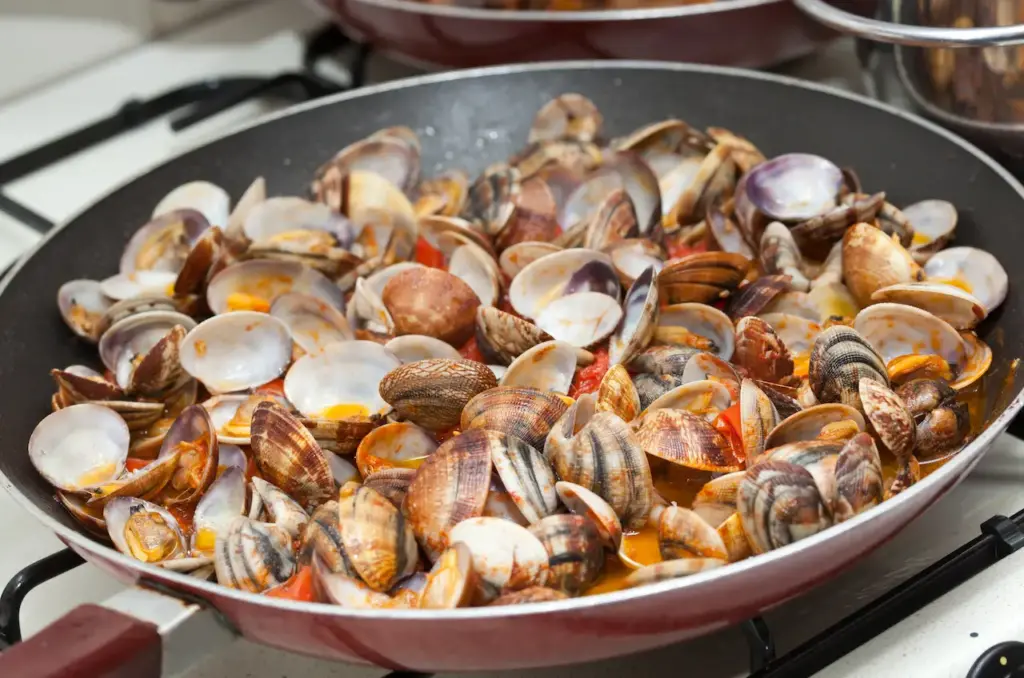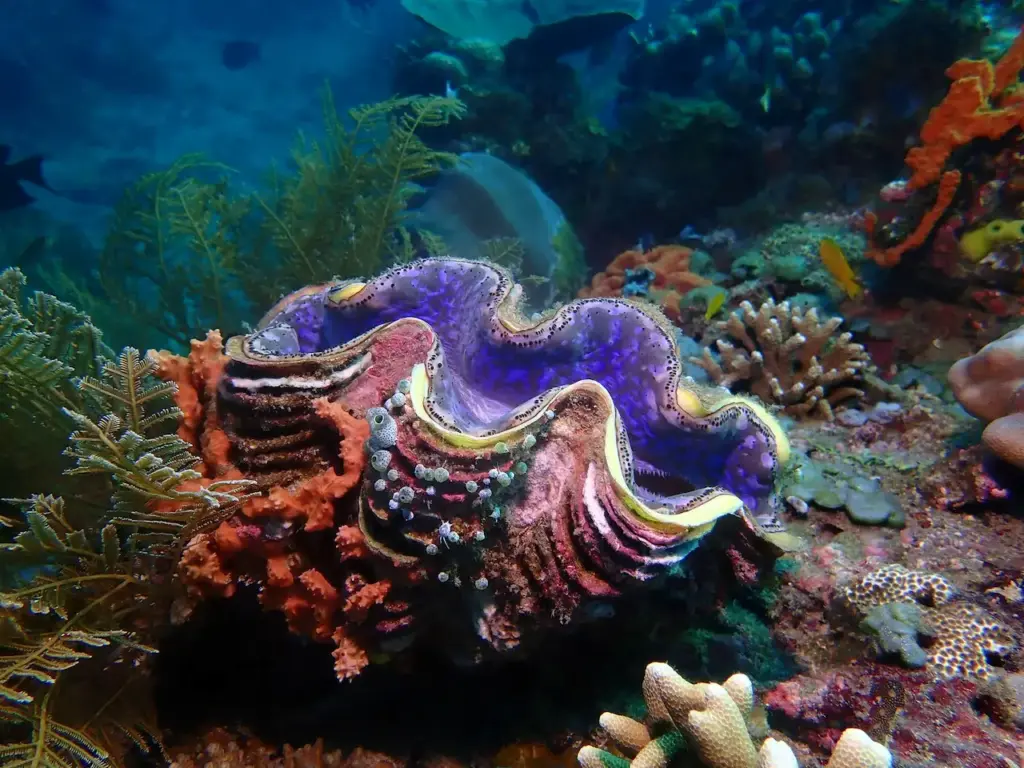What Eats Shellfish?
What Eats Shellfish? What Do Shellfish Eat?
We explore the world of shellfish, a diverse group of aquatic animals, are a crucial part of marine and freshwater ecosystems. Shellfish act as scavengers and filter feeders. We will take you through their world and what they eat and more importantly, what eats them (besides us of course)! They are not only a key food source for various species but also play vital roles in the health of their habitats. Our team explore the types of shellfish, their predators, habitats, diets, threats they face, and the impact of environmental destruction and pollution on them.
Shellfish can be found in many aquatic habitats and along the coasts of all countries. What sustains these creatures? Shellfish are a diverse group that includes mollusks such as clams, and crustaceans such as shrimp. They use a range of feeding strategies from filter feeding, to hunting live prey.
Shellfish is also an important source of food for humans, seabirds and predatory fish. This article will examine what shellfish eat and what species feed on shellfish.

Types of Shellfish
Shellfish broadly fall into two categories: crustaceans and mollusks. Crustaceans include crabs, lobsters, and shrimps, characterized by their hard exoskeletons. Mollusks are divided into bivalves (like clams, oysters, and mussels) and gastropods (like snails and whelks). Each of these shellfish types has unique characteristics and habitats, ranging from deep ocean floors to coastal tidal zones and freshwater bodies.
Predators of Shellfish
Birds
Many bird species, such as seagulls, herons, and pelicans, prey on shellfish. They have adapted techniques like dropping shellfish from heights to crack their shells or using their beaks to dig them out of the sand.
Marine Mammals
Otters, seals, and some whale species consume shellfish. Otters are particularly skilled at cracking open hard shells with rocks.
Fish
Numerous fish species, including cod, halibut, and flounder, feed on shellfish. They often have specialized teeth or methods to deal with the hard exteriors.
Humans
Humans are significant predators of shellfish, harvesting them for food globally. This practice has led to overfishing and sustainability concerns in many regions.
Habitat of Shellfish
Shellfish inhabit diverse environments. Many, like oysters and mussels, live in intertidal and subtidal zones of oceans, attaching themselves to rocks or burying in the sand. Crabs and lobsters often prefer rocky seabeds or coral reefs, while freshwater species inhabit rivers, lakes, and streams. These habitats provide the necessary conditions for their survival, including food, oxygen, and protection from predators.
Diet of Shellfish
Shellfish diets vary depending on the species. Filter feeders like oysters and mussels consume plankton and organic particles suspended in water. Others, like crabs and lobsters, are scavengers or predators, eating small fish, worms, or even other shellfish. The diet of shellfish plays a vital role in maintaining the clarity and quality of water in their habitats.

Threats to Shellfish
Overfishing
Human activities, especially overfishing, pose a significant threat to shellfish populations. Unsustainable harvesting practices can deplete stocks and disrupt marine ecosystems.
Pollution
Pollution, particularly from agricultural runoff, industrial waste, and oil spills, severely impacts shellfish. These pollutants can accumulate in shellfish, affecting their health and the species that consume them.
Climate Change
Rising ocean temperatures and acidification due to climate change are altering the habitats of shellfish. Acidic waters can weaken their shells, making them more vulnerable to predators and environmental stressors.
Habitat Destruction
Coastal development, dredging, and other forms of habitat destruction directly affect the living spaces of shellfish, leading to population declines.
Environmental Destruction and Pollution: Impacts on Shellfish
The impact of environmental destruction and pollution on shellfish is profound and multifaceted. Pollutants in the water can lead to diseases and reproductive issues in shellfish, while habitat destruction often results in the loss of breeding and feeding grounds. The decline in shellfish populations not only affects their predators but also the overall health of marine ecosystems. Shellfish play a critical role in water filtration and serve as bioindicators, reflecting the health of their environments.
Conclusion
Shellfish are integral to aquatic ecosystems, serving as both prey and key environmental contributors. Understanding the types of shellfish, their predators, habitats, diets, and the threats they face is essential in appreciating their role in the ecosystem and the impact of human activities on their survival. It is crucial to implement sustainable practices and pollution control measures to ensure the health and longevity of shellfish populations and, by extension, the ecosystems they support.

